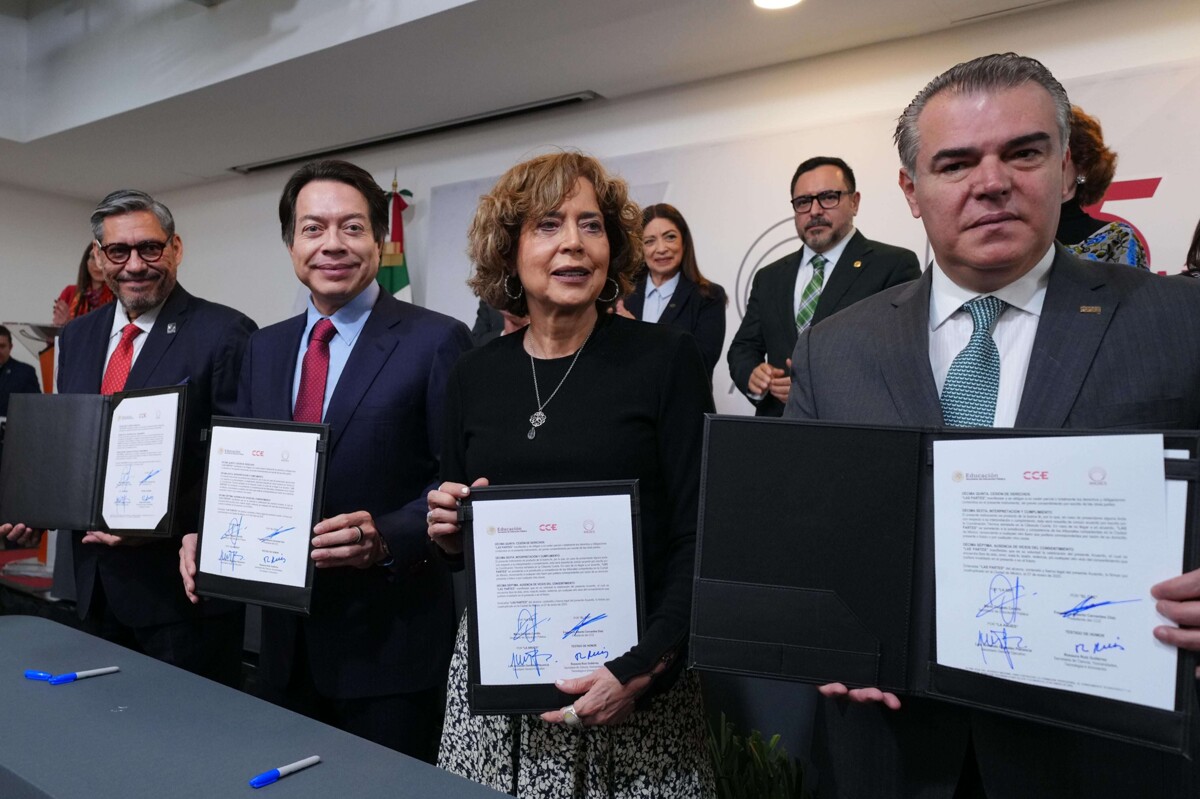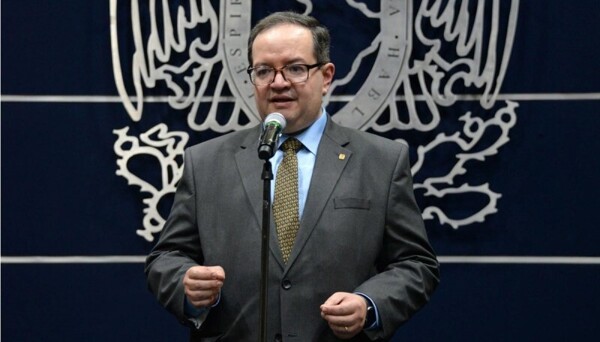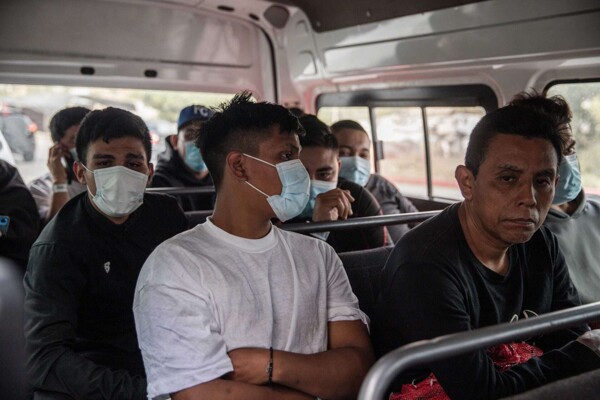
The current government has prioritized making education a fundamental pillar for national development. In this regard, the Mexico Plan has been presented, which aims to enhance national content and strengthen supply chains. One of the key strategies is to promote collaboration between academia, industry, and government to reformulate the educational offer at both the secondary and higher levels under the dual model, as expressed by Mario Delgado, Secretary of Public Education (SEP).
At an event where the National Agreement was signed between the Government, the Business Sector, and Higher Education Institutions, Delgado emphasized that currently only 140,000 students are involved in dual education, a figure that represents a small fraction of the total enrollment of 5 million students. This gap highlights the need to strengthen the implementation of added-value training. According to President Claudia Sheinbaum, the equitable distribution of wealth among the various sectors and regions of the country, as well as the consolidation of the educational system as a powerful tool for achieving development, are primary objectives.
To advance the goals set in the framework of the Mexico Plan and in the training of specialized professionals, the national private sector has joined the agreement to strengthen the linkage between different actors, with the intention of boosting the country's economic growth, as pointed out by Francisco Cervantes, president of the Business Coordinating Council (CCE).
The triple helix approach of the agreement aims to establish synergies that align activities and goals for the benefit of Mexico's economic and social development. This collaborative approach seeks to close the existing gaps between university academic training and the real demands of national productive activity. The integration of research and technological innovation is proposed as a way to address the shortcomings of specific competencies required by the productive sector and to achieve an impact at the local level, especially through small and medium-sized enterprises.
The Mexican educational landscape presents significant challenges, as despite the country ranking in the top 10 globally in terms of higher education enrollment, the transition of graduates to the labor market is hindered by the lack of effective knowledge transfer from universities to companies. Natalia Fiorentini, rector of the University of Quintana Roo, emphasized the importance of consolidating mechanisms that promote innovation and competitiveness, as well as economic development through bidirectional collaboration between universities and companies.
The signing of the national agreement marks the beginning of a phase focused on strengthening the productive framework outlined in the Mexico Plan by President Claudia Sheinbaum, indicated Luis Armando González Placencia, Executive Secretary of ANUIES. For her part, the Secretary of Science, Humanities, Technology, and Innovation, Rosaura Ruiz Gutiérrez, proposed the creation of a quadruple helix model that actively involves the community as the end user of technology, vaccines, or other products.
In the field of postgraduate education, there is a low participation of students compared to the high number of graduates at the higher education level. In the last year, approximately 16,175 students graduated from some postgraduate program; of these, 4,000 belong to communication technologies, 6,000 to engineering, and 5,800 to mathematics and sciences, according to information provided at the event.













